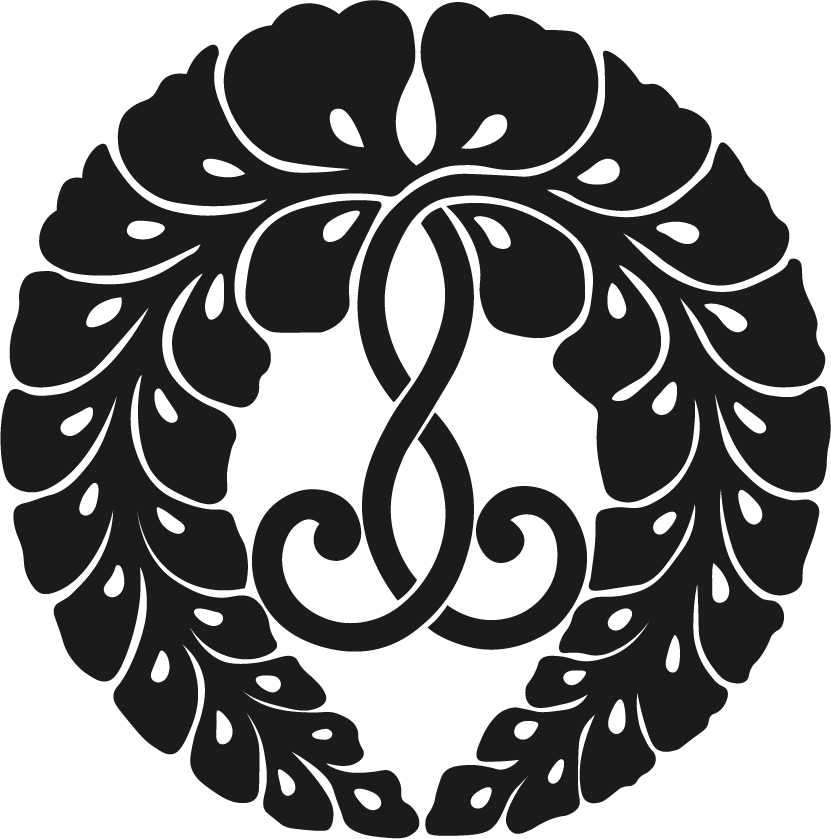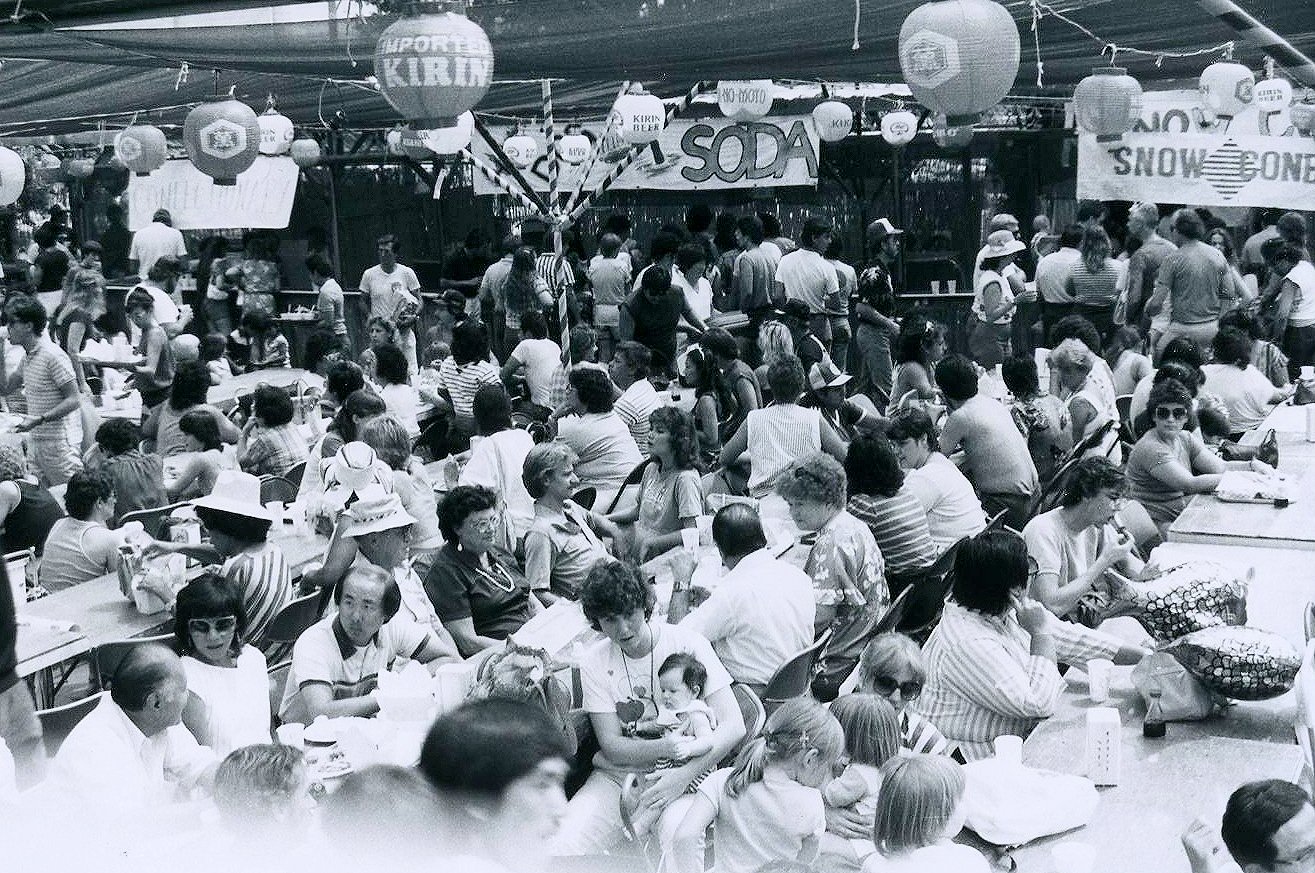Our History
The Buddhist Church of Sacramento held its first meeting on December 17th, 1899, and has committed to serving its Sangha community ever since.
Videos from Yesteryear
Explore our archival collection of videos that feature both recent and past events and memories from our temple. This initiative was created to document those in our temple community who came before us, one of the many ways we express our gratitude for our history.
Timeline of our Temple’s History
Temple Buildings and Meeting Places
Pre WWII:
First meeting at 1221 Third St., Dec. 17, 1899.
Temple building purchased, at 418 “O” St., August 1900; dedicated Aug. 15, 1900.
New school building constructed, 1905.
Completion of building renovation and classroom additions, Dec. 10, 1908
Adjacent property purchased, Nov. 1913.
Temple, classrooms, and dormitories destroyed by fire, April 15, 1923.
New temple constructed, May 21, 1925.
Classroom building purchased, May 1927.
YBA Hall constructed and dedicated on Aug. 28, 1937.
During WWII
Temple facilities used by the U.S. Army under the administration of the city of Sacramento, 1942-1945.
WWII Evacuation
Members sent to various Relocation Centers.
Rev. Gyoyu Hirabayashi sent to Tule Lake Relocation Center, CA; assigned to Midwest Temple, Nov. 1945.
Rev. Sensho Sasaki was also sent to Tule Lake Relocation Center; returned to Sacramento, 1945.
Post-WWII
Temple facilities returned; YBA Hall and Sakura Gakuen used as hostels for returnees, Sept. 1946.
Relocation of Temple due to Sacramento Redevelopment Project, July 1, 1958.
New temple complex constructed at 2401 Riverside Blvd.; ground-breaking, Oct. 18, 1958; completed and dedicated, June 27-28, 1959.
Approved as Betsuin, Nov. 4, 1966; dedicated May 21, 1967.
Completion and dedication of classroom building and other facilities, May 19, 1968.
Source: Sacramento Betsuin Seventheth Anniversary Book, 1969Established on Dec. 17, 1899
Incorporated: June 15, 1901
Incorporation amended: June 13, 1936
Betsuin status, Nov. 4, 1966
Incorporation amended, Jan. 10, 1967
Buddhism in America
[In 1898} the small island country of Japan was bursting forth from long years of self-imposed isolation. Although in the early period of the 19th century, the Tokugawa regime did not appear to be moving toward a total collapse, it was beginning to realize that the technological advances of the West would make it not only difficult but foolish to continue a policy of isolation.
With the successful negotiation by Towsend Harris that brought about a full trade treaty in 1858 between the U.S, and Japan, other Western powers managed to negotiate similar treaties with Japan.
Despite popular sentiments against the opening of the country and cries of “Expel the barbarians!,” the educated leaders of the time wisely acknowledged the necessity of accepting the trade treaties negotiated by the Tokugawa. Nevertheless, they further recognized the need to replace the cumbersome feudal system with a centralized rule under the Emperor, as a unifying symbol, so that the country could effectively move toward a technological modernization that would enable the Japanese government to meet the challenges of the West. Because of the knowledge required to build up the country’s infrastructure by first improving the transportation and communication systems, the government began to dispatch students abroad to acquire the necessary skills in the various fields of technology.
The focus on the Emperor, however, caused the government to adopt an anti-Buddhism policy that sought to destroy the immense political power and social influence of the Hongwanji by declaring that only the Shinto religion would be allowed. Myonyo Shonin of the Nishi Hongwanji and Gennyo Shonin of the Higashi Hongwanji joined forces and vigorously opposed this political strategy; thus, the freedom of religious worship is now guaranteed by the Japanese Constitution.
At the turn of the century, the Japanese immigrant population in Northern California already numbered in the thousands. According to the census, 1,781 were residing in San Francisco alone. Informal estimates for this gateway city placed the number at 3,000. Not all of these immigrants were simple farmers and laborers. Some were from samurai families, which had gradually lost their government pensions and privileged status after the Meiji Restoration of 1868. Some were young scions of rich merchants and wealthy agricultural landowners.
The Meiji Restoration had made it possible for young men of vision and ambition to break out of their traditional status in life to attempt novel and adventurous activities. They not only contributed to the modernization of Japan in leadership roles but had the courage to travel to foreign lands to gain new and advanced knowledge of the West. With great determination, not a few struggled to educate themselves in American and European schools and colleges in languages totally alien to them.
A surprising number of our early BA ministers from Japan also entered American universities and succeeded in obtaining academic degrees under difficult conditions. The remarkable beginnings of the Buddhist Churches of America can be best understood from this historic perspective of the modernization of Japan. Inspired by the Meiji Restoration and its activities toward modernization on Western models, Myonyo Shonin, the 21st Chief Abbot of the Jodo Shinshu Hongwanji-ha, began in the early 1870s to send highly-qualified priests overseas to investigate or study Western methods of religious education and propagation.
In the fateful year of 1897, a devout immigrant Buddhist named Nisaburo Hirano, frustrated by the lack of Buddhist temples in California where he could receive spiritual guidance visited the Hompa Hongwanji in Kyoto.
It was during the time of a special memorial celebration, and Mr. Hirano, accompanied by Hidesaburo Yoshida, found Reverends Kakuryo Nishijima and Shoi Yamada prepared to answer questions posed by people attending the services. He thus seized the opportunity to request the Hongwanji to send missionaries to the United States. The earnest efforts of these young men from San Francisco resulted in the Hongwanji sending Reverends Eryu Honda and Ejun Miyamoto in 1898 to investigate the needs and conditions in America.
The two ministers arrived in San Francisco on July 6, 1898, and were greeted with great enthusiasm by the young immigrants. On the evening of July 14, thirty of these young men gathered at the home of Dr. Katsugoro Haida and formed a Bukkyo Seinenkai (Young Buddhist Association), which in 1905 was to become the Buddhist Church of San Francisco.
Source: BCA 100th Anniversary Commemorative Book, 1998









